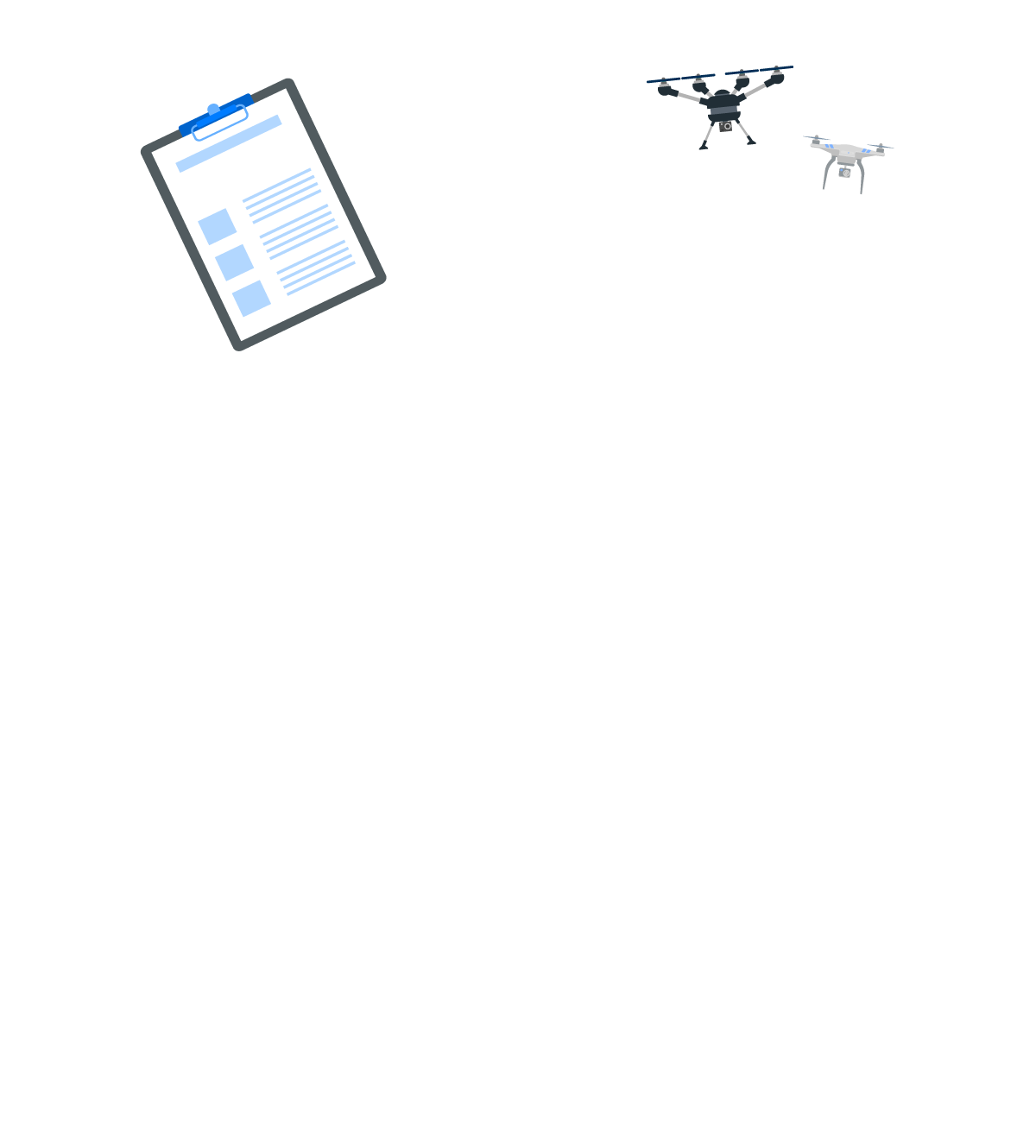
Step 1 | Lesson 1.8
Airports and the National Airspace
Learn about airports and how they are categorized by the FAA. Airports influence the classification of airspace, so a good grasp of this knowledge is essential for safe and authorized drone operations.
Airports, along with the airspace and air traffic control facilities, constitute the National Airspace System or NAS. This ecosystem of assets, personnel and regulations forms one of the most complex aviation systems in the world.
Every Flight to the Future lesson has seven segments that take you through a Mind Expanding Journey.
– Introduction
– Presentation
– Concept
– In-depth
– Recap
– Required reading
– Assessment
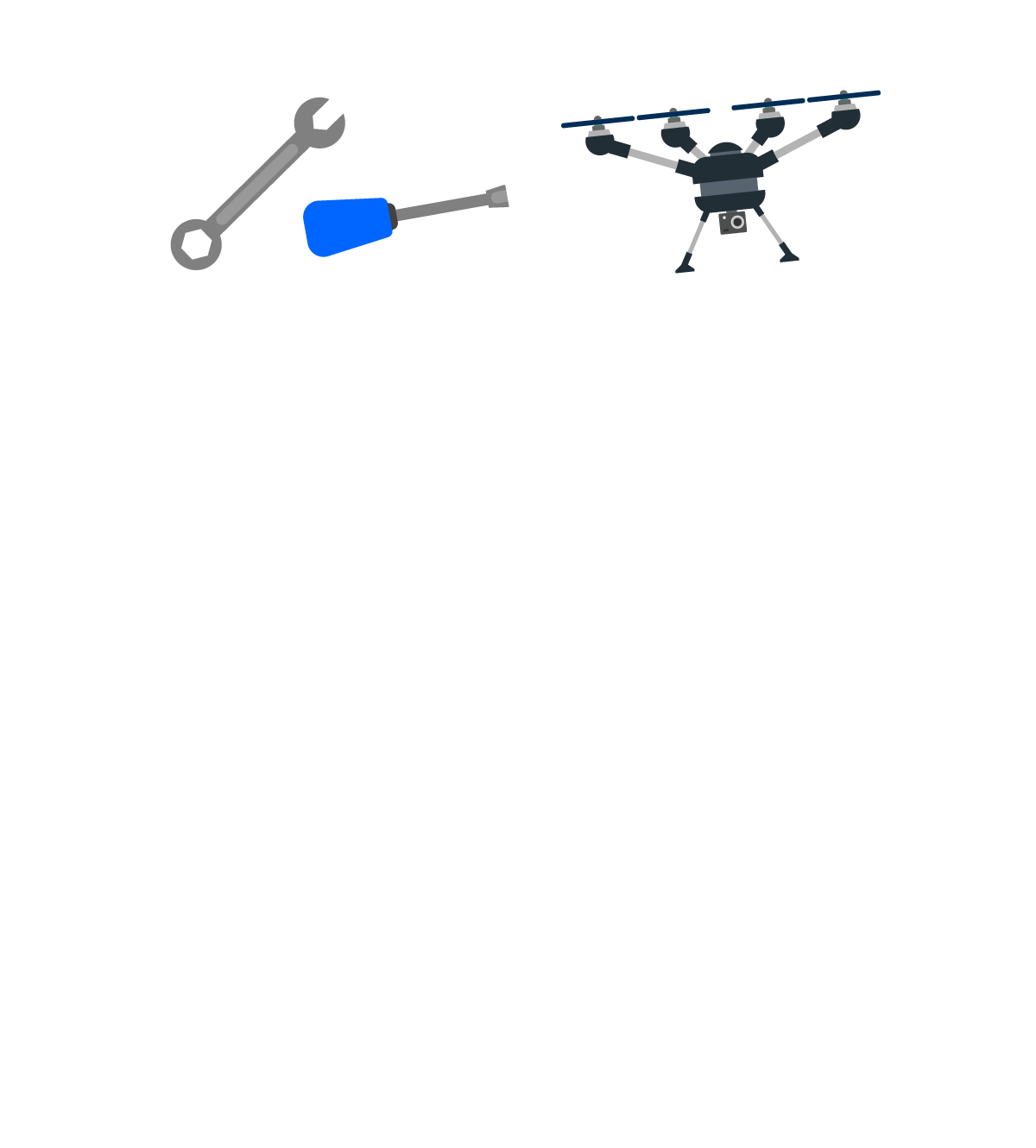


1.8.1. Introduction
The National Airspace System
The National Airspace System, or the NAS, provides pilots with various standard procedures that must be meticulously followed to execute any flight plan with a high degree of compliance.
In regard to this, we will study airspace classification, operating requirements and potential flight restrictions imposed by external factors.
There are two main categories of airspace, namely regulatory and nonregulatory. Within each there are four types: controlled, uncontrolled, special use and other airspace.
The complexity or density of aircraft traffic determines the exact airspace classification, as does also the nature of the operations conducted within that airspace and the level of safety required for aerial operations.
Being able to successfully identify the class of airspace in which a pilot is to deploy a drone is imperative, as to be aware of the exact requirements and restrictions placed upon drone deployment within that area and avoid unnecessary safety risks.
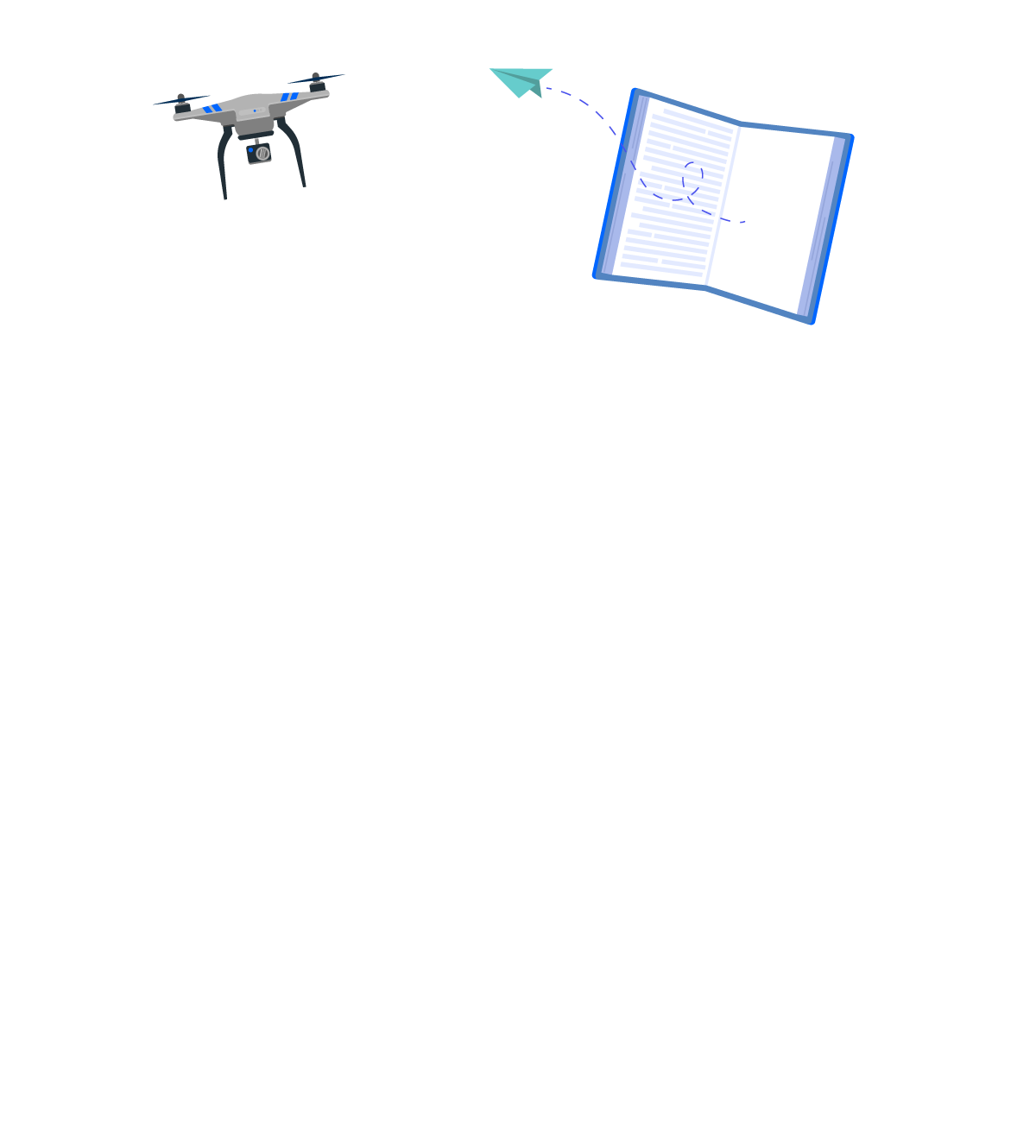


1.8.2 Presentation
Understanding the National Airspace system
The National Airspace System or NAS, is the network of United States airspace, air navigation facilities, services, airports, regulations, procedures, technical information, human resources, and material shared jointly between the Federal Aviation Administration (FAA) and the military.
The NAS is divided into categories and classified by complexity, density, type of operations, level of safety required, and national and public interest.
To conform to international aviation standards, the FAA adopts the primary elements of the classification system developed by the International Civil Aviation Organization (ICAO).
Watch the teaser



1.8.3 Concept
Integrating drones into the National Airspace
In order for commercial drone operations to grow to their potential, UAS providers need access to the National Airspace System.
Routine access to the NAS, at present, remains unrealized for UAV operations.
UAV applications are increasingly in complexity and innovation. There is an increasing need to fly unmanned aircraft systems (UAS) in the National Airspace System (NAS) to perform missions of vital importance to national security, emergency management, industry, science and commerce.
The FAA, along with the Department of Defense (DoD) and NASA have undertaken several key initiatives to deliver this transformation.
However, in order to facilitate this, integrating UAV operations into the NAS is also a key responsibility of drone pilots. They are required to operate safely and to execute missions that are in compliance with the Federal rules that govern the National Airspace System.
Watch the teaser



1.8.4 In-depth
Personal aviation
Current scenario
There are over a dozen passenger drone manufacturers around the world at present. With a variety of design approaches, a number of models have been put to use in the real world.
Passenger Air Vehicle (PAV)
Aurora Flight Sciences is a Boeing company, that has developed an autonomous passenger drone with a unique design.
There are two and four seat variants of the PAV, which is fully electric and designed for a range of up to fifty miles. This system may become available in selected areas within the next few years.
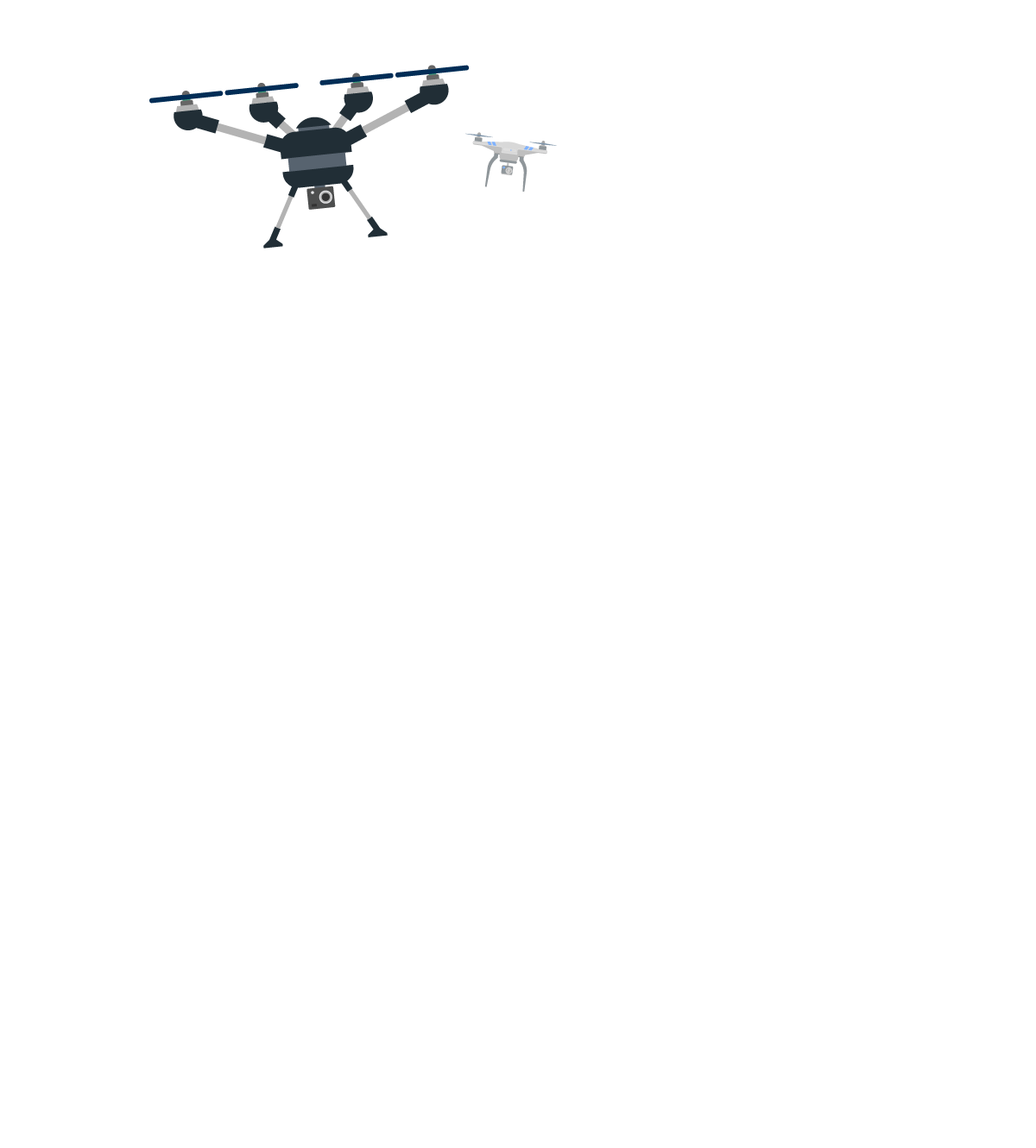


1.8.5 Recap
Lesson summary
The National Airspace System (NAS) is formed by the airspace, navigation facilities and airports of the United States, being jointly managed by the FAA and the DoD.
It consists of associated information, services, rules, regulations, policies, procedures, personnel and equipment, including components shared jointly with the military.
As a UAV Pilot, you are required to have a working knowledge of how to operate safely while being in compliance with the Federal rules governing airports and the National Airspace System.
Drone flight operations for line of sight and below 400’ AGL, in the National Airspace System, are conducted by Visual Flight Rules (VFR), which govern the FAA’s “see and avoid” mandate regarding obstacles such as people, terrain, manmade structures and other airborne vehicles.



1.8.6 Required reading
Lesson library
Required
– Making Skies Safe for Unmanned Aircraft
– NASA’s Vision for Transformative Aeronautics
– NASA, Partners Work with FAA to Develop UAS Road Map
– Designation of Class A, B, C, D and E Airspace Areas; Air Traffic Service Routes; and Reporting Points: 14 CFR part 71.
– Systems Enables Drone Operators to Detect and Avoid Other Aircraft
– DoD National Airspace System (NAS)
For advanced readers
– Pilot’s Handbook of Aeronautical Knowledge
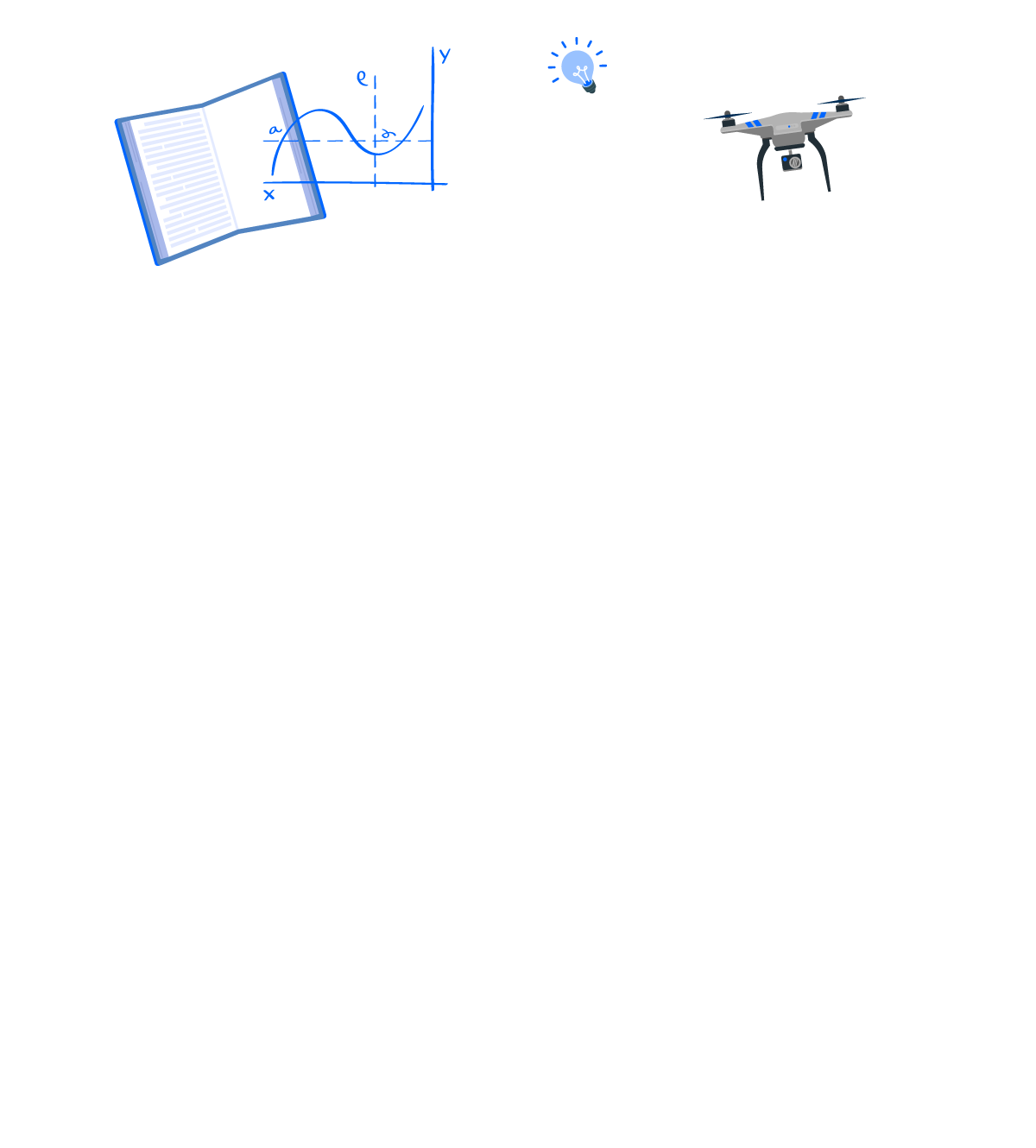


1.8.7 Assessment
Lesson quiz
Under Part 107, which record listed is not one you should maintain as a UAV/Drone Pilot?
– The proof of no adverse flight control effects or adverse weight and balance issues.
– The price of your UAV/Drone.
– Maintaining a hardcopy and/or electronic logbook of all periodic inspections, maintenance, preventative maintenance.
– Repairs, and alterations performed on the UAV / Drone.
Ten multiple choice questions. An 80% score is needed to advance to the next lesson.
